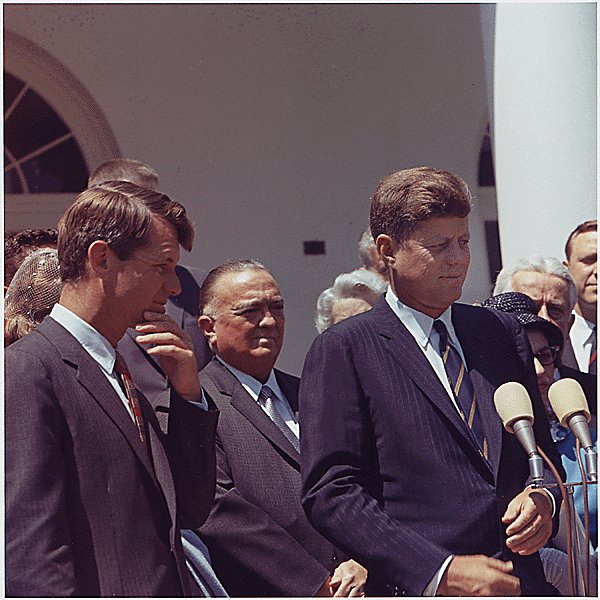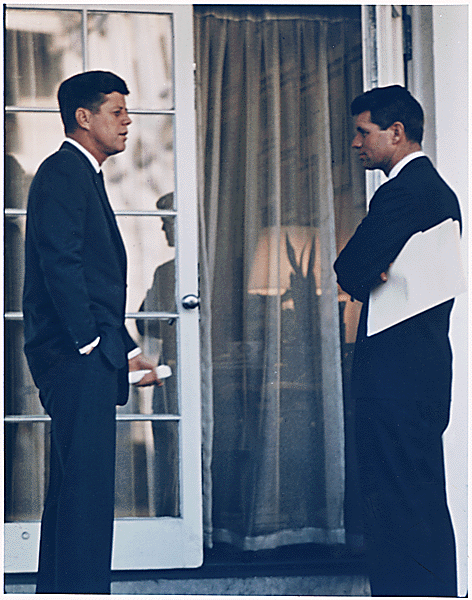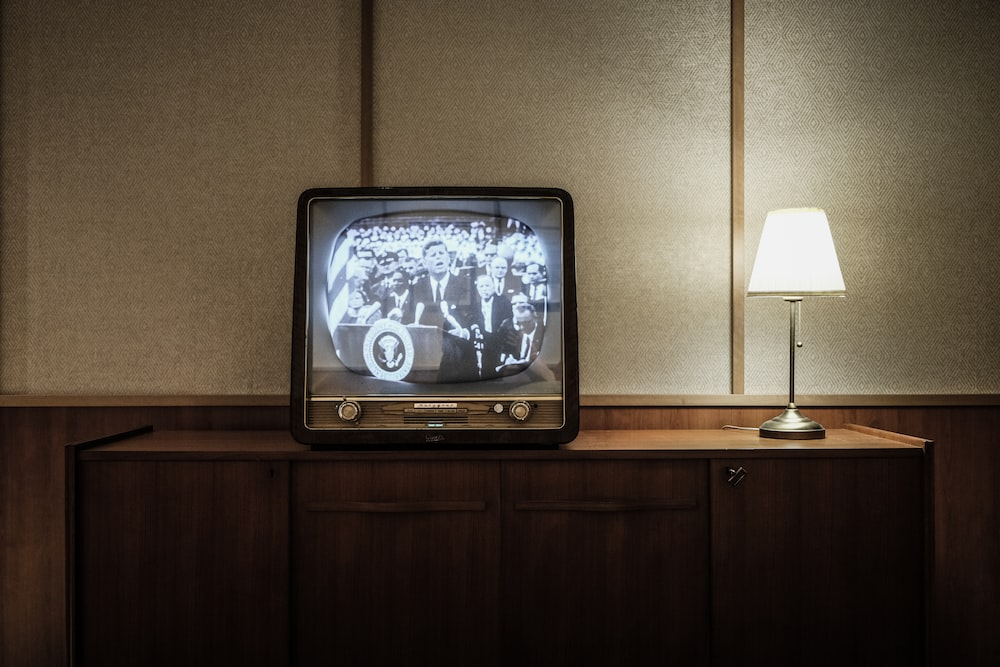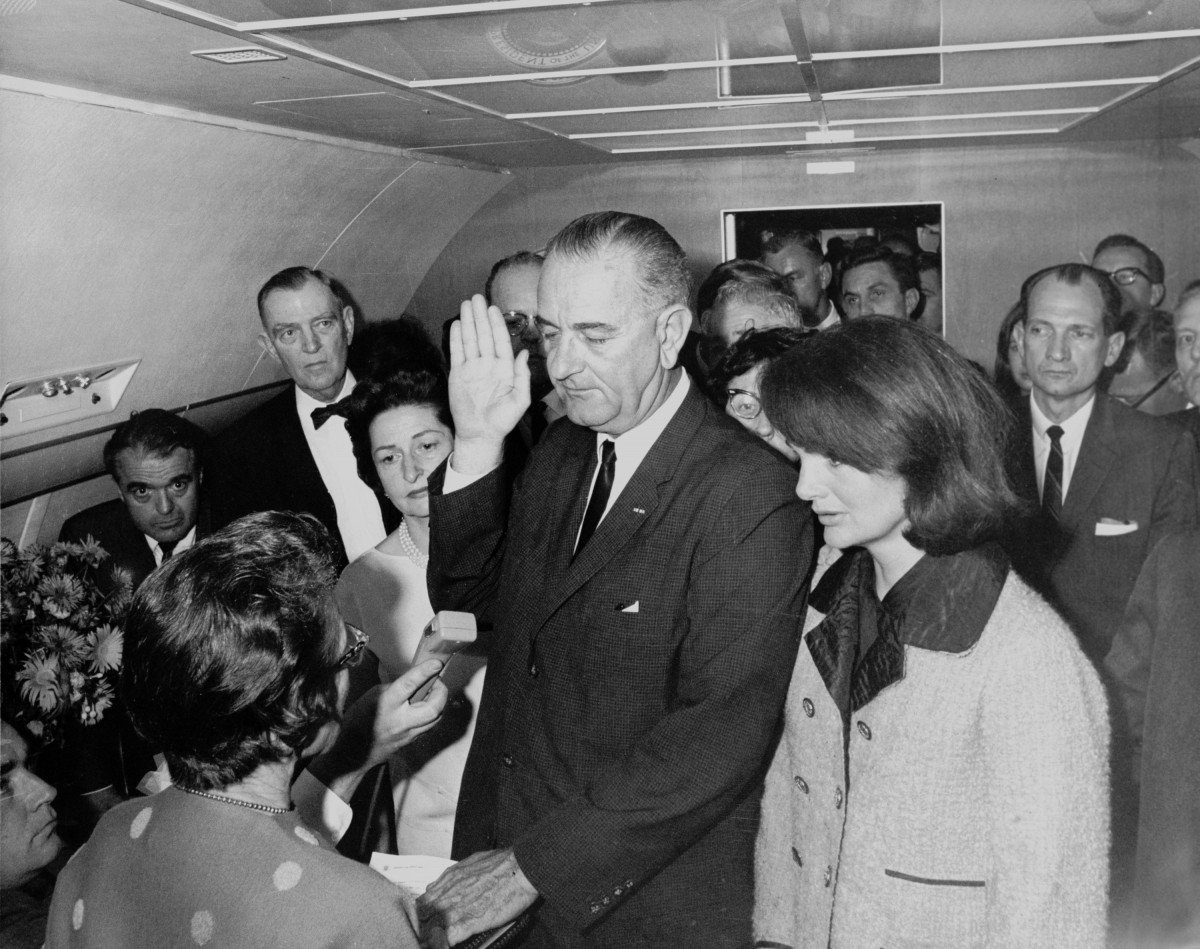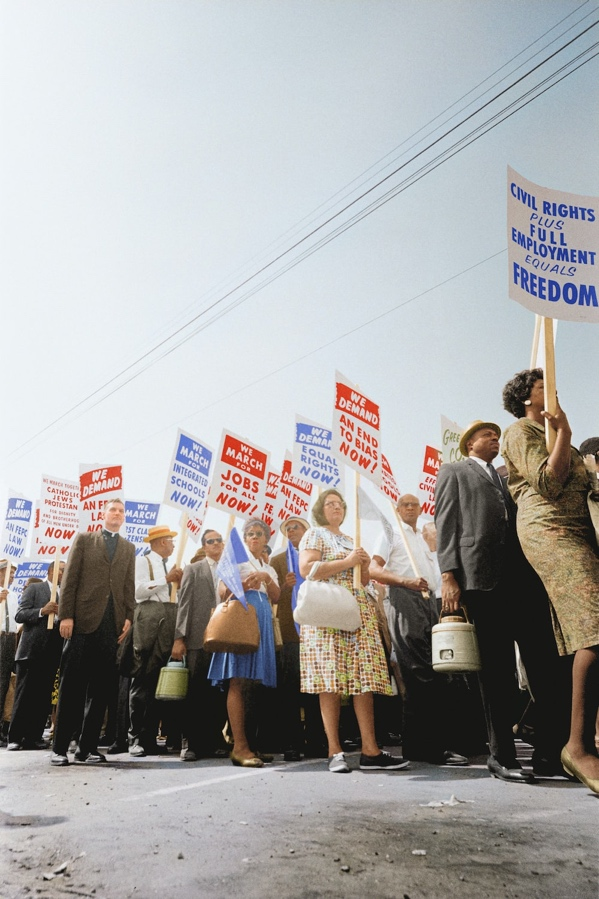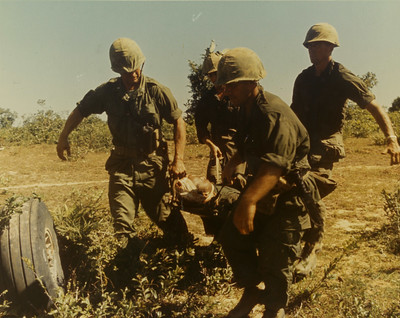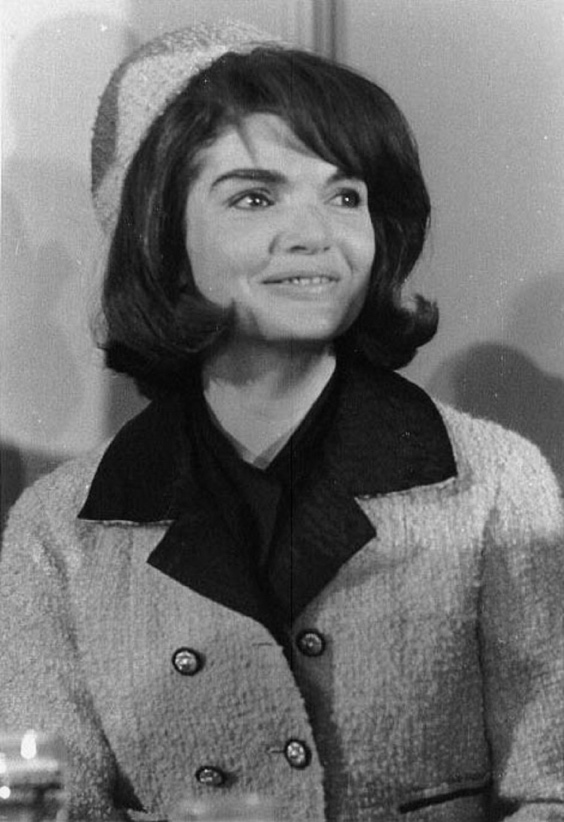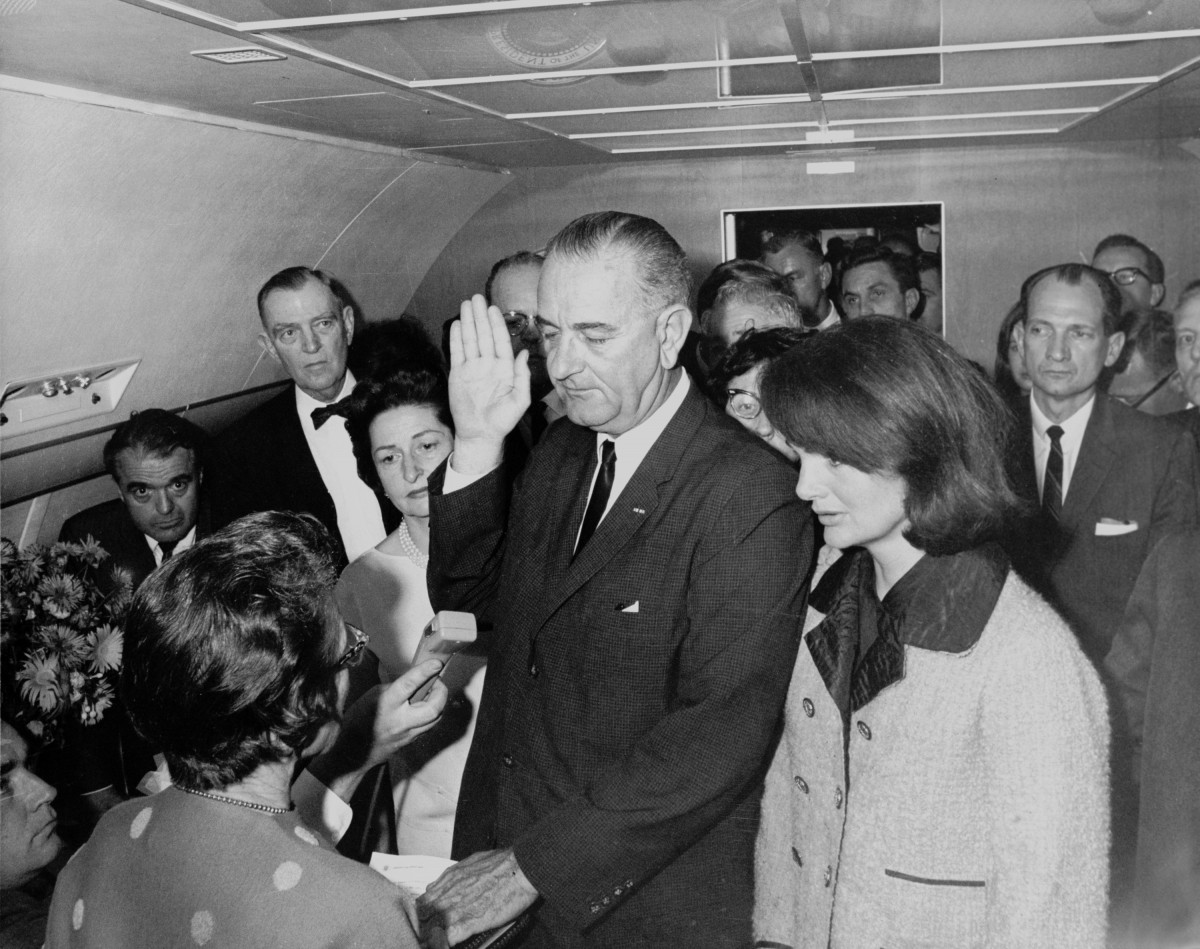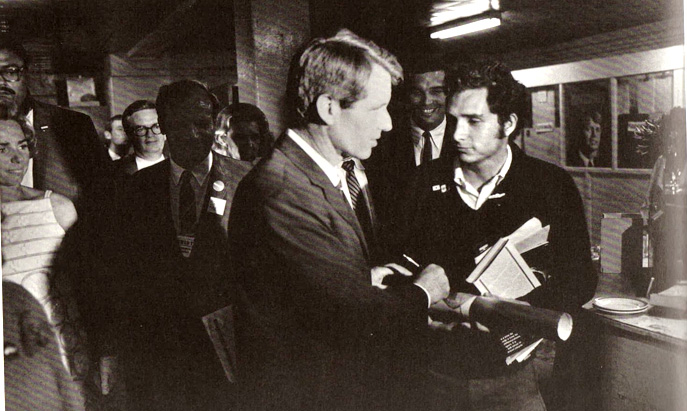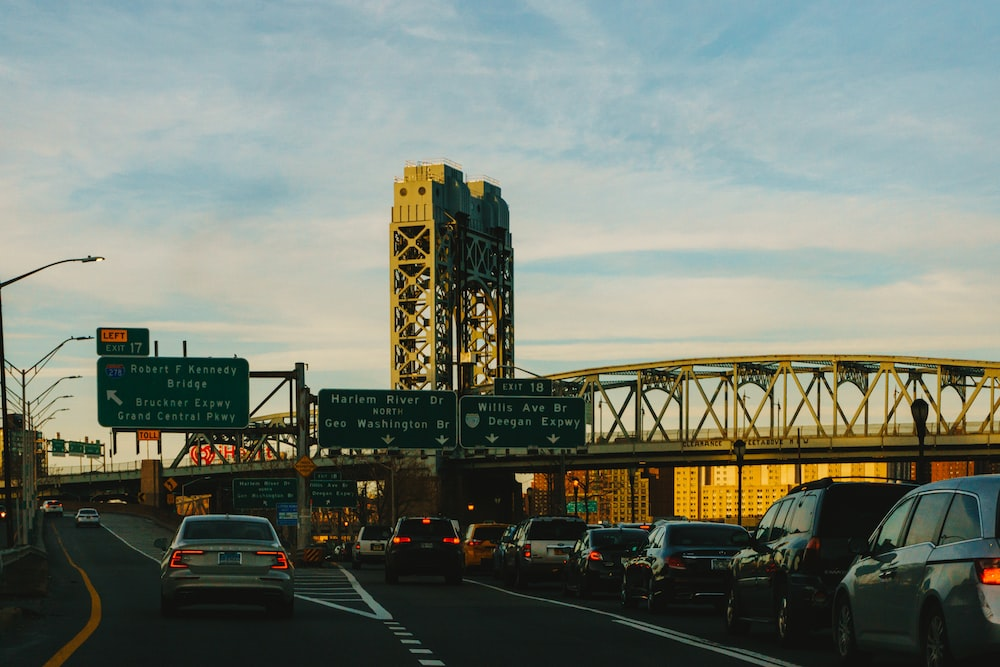- Jake Fernandez
- Blogs
- Hits: 198
Mel Ayton’s Blatant Distortion of Facts About the RFK Assassination in The Kennedy Assassinations
Mel Ayton has made it his life’s purpose to discredit any opinion that’s not his by writing it off as a conspiracy theory. At least, that’s what appears to be the case in his latest hardcover—a total waste of trees, if you ask us—book, The Kennedy Assassinations:JFK and Bobby Kennedy.
Find our complete review of the book here and some highlights from the article below.
100 Pages of Nothing
James DiEugenio criticizes the 100 pages dedicated to the assassination of Robert F. Kennedy case for omitting Dr. Thomas Noguchi, mentioning DeWayne Wolfer while quoting someone else, and not expanding upon the findings of Judge Robert Wenke’s Panel.
The Kennedys and King writer and founder criticizes Ayton for referring to the works of controversial authors, like Godfrey Hansen and Robert Blair Kaiser, who admittedly fall prey to conspiracy theories in trying to prove the point that anything that attests to Sirhan’s innocence is a conspiracy theory. Ayton goes as far as misrepresenting the shooting to achieve this feat while ignoring the other side of the argument entirely.
Michael McCowan: A Member of Sirhan’s Defense Team
Ayton refers to the word of Michael McCowan as gospel, forgetting or willfully omitting the details of his sketchy background. McCowan was a member of Sirhan’s defense team who never believed in his client’s innocence.
McCowan was a suspected criminal, but his crimes against Sirhan knew no bounds. If working without compensation isn’t suspicious enough, how about the fact that he once tried to portray Sirhan as a communist? Or that he coerced Sirhan into following his defense team’s strategy come what may?
McCowan wasn’t just an incompetent team player. He knew exactly what he was doing when he stopped Sandra Serrano-Sewell from taking the stand. This is the kind of person that Ayton uses to prove his propaganda.
The Refusal to See McCowan as an LAPD Plant
Ayton refuses to consider the possibility that McCowan might have been an insider. He wants his readers to have the same perspective by conveniently leaving out anything about his sketchy dealings leading up to the case in The Kennedy Assassinations.
He doesn’t even portray the man as incompetent because he agrees with the overall narrative and wants his contemporaries to buy into it.
That this narrative and Sirhan’s alleged confession don’t match the autopsy report drawn up by Dr. Noguchi doesn’t matter. Dr. Noguchi’s autopsy report clearly states that Senator Kennedy was shot at close range “from behind and at extreme upward angles.” That doesn’t match Sirhan’s alleged confession of firing the shots as he stood facing him.
Be sure to check out the full review of The Kennedy Assassinations and other pieces discredited and deemed credible by James DiEugenio and the other contributors at Kennedys and King, a platform committed to uncovering the truth behind the political assassinations of the 1960s.
Know how you can contribute, and contact us for queries and feedback.


